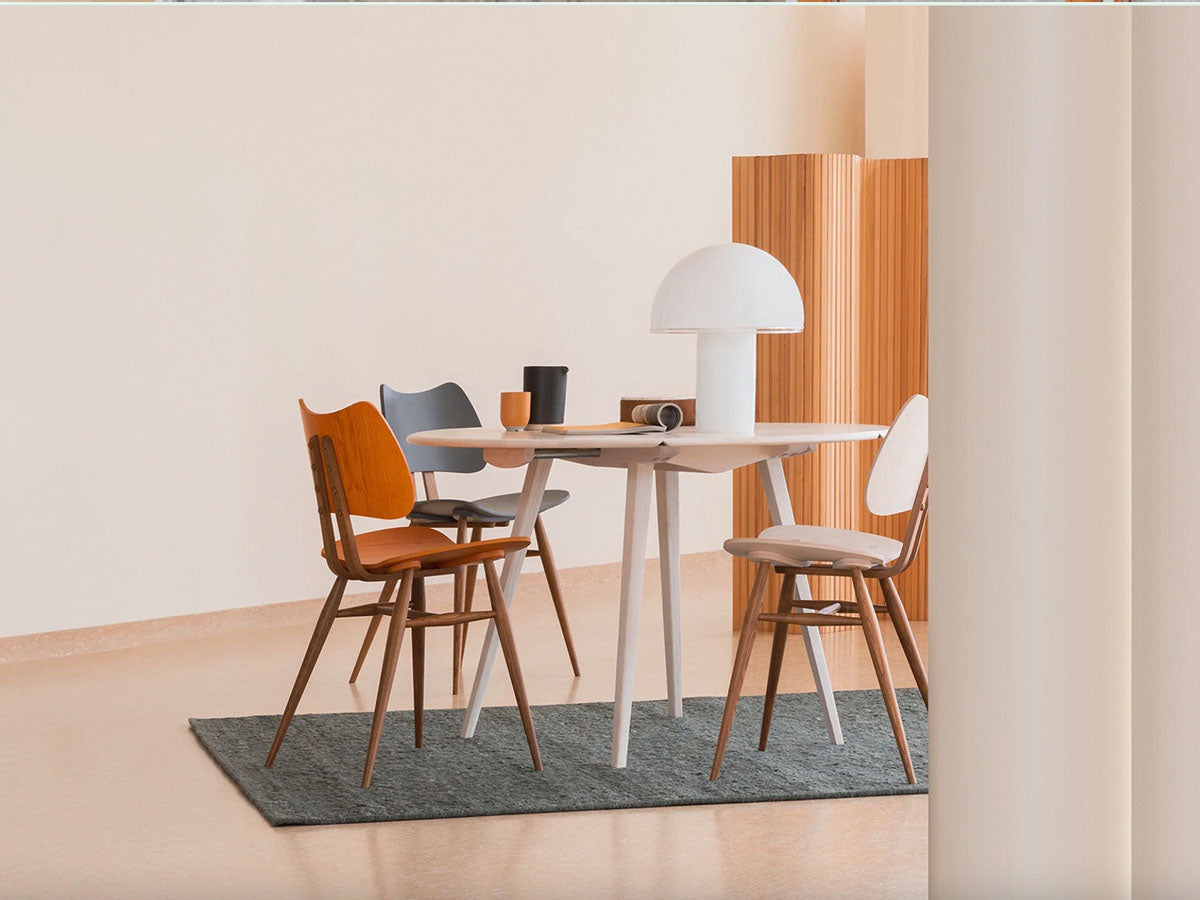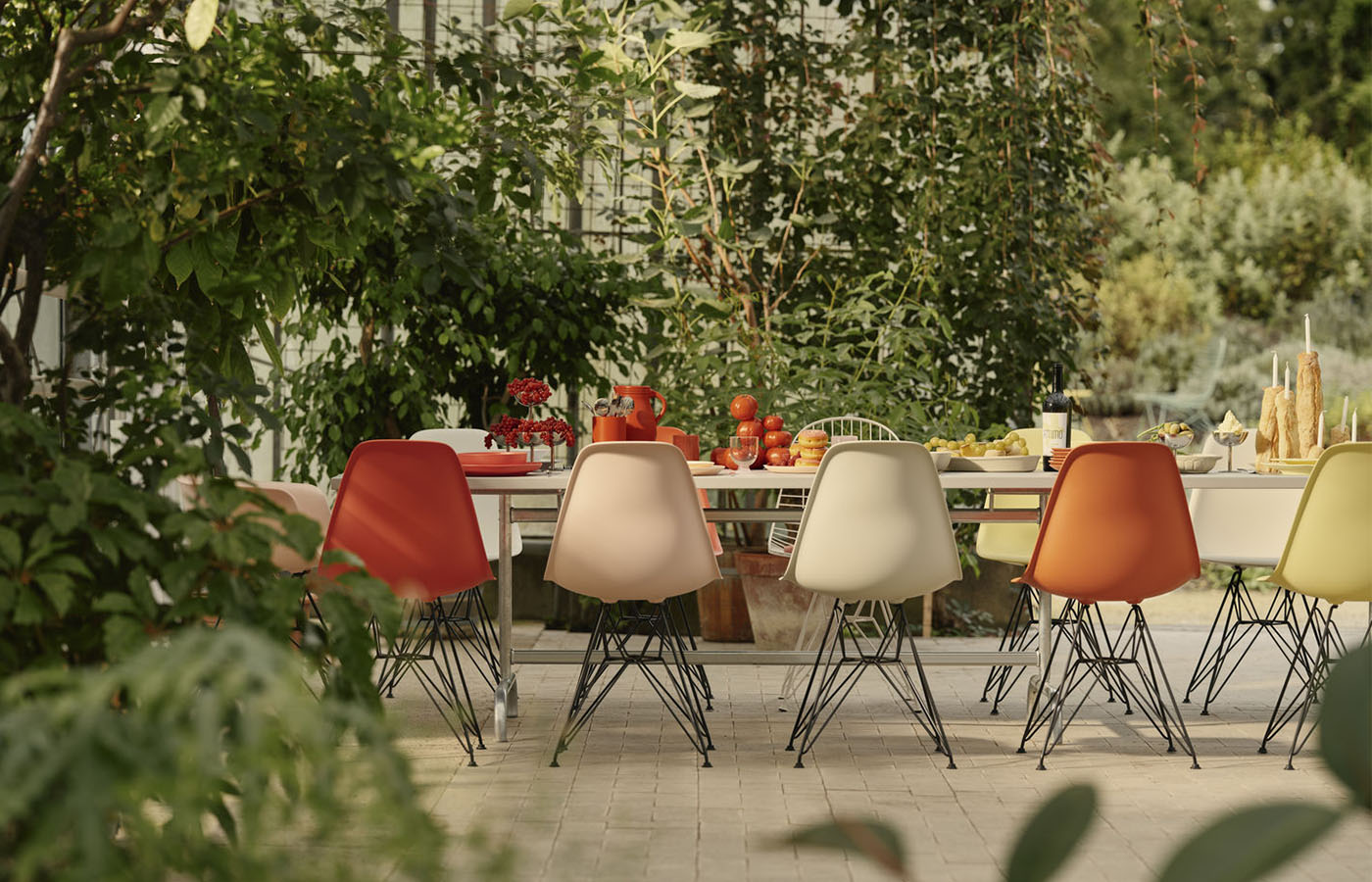We look at the story of beloved British brand, Ercol, and chart its development into sister brand L.Ercolani today; a brand we love for its belief in fusing the preservation of legacy and heritage with modern and contemporary collaborations.
Ercol, the iconic British brand that celebrates the use of natural wood and craftsmanship brought to the masses has its roots in the small Italian town of Sant Angelo, Vado,a town that lies close to the walled City of Urbino (the birthplace of Raphael).

Lucian R. Ercolai (affectionately known as “The Old Man” in his business) was the son of a carpenter who had worked on picture frames in Florence's Uffizi Gallery. The family migrated to Walthamstow in search of work. It was here that the young Lucian studied, firstly at The Salvation Army School, and secondly, furniture design at the Shoreditch Technical Institute.
After stints working for renowned British furniture makers Parker Knoll and G-Plan, he founded Ercol in 1920, in the “furniture capital of the UK", High Wycombe.
By all accounts, Lucian was a tour de force, a magnetic personality full of charm and his vision permeates through every bit of the brand’s fabric and DNA today.In the words of The Evening Standard:
“His goal was to make furniture that was well-designed in a good working environment by craftsmen who took pride in their jobs. The ethos still rings true.”
The Ercol style has much in common with its Scandinavian peers of the time, such as Carl Hansen; a commitment to natural materials, a mission to make great design affordable to all and a simple, functionalist and organic form that can take advantage of innovations in mass production.

During the Second World War, Lucian Ercolani was asked by the British Government to manufacture 100,000 Windsor chairs by the Board of Trade as part of the Government’s Utility Scheme. It was the first company to use elder as a mass production material and make chairs that reflected the contemporary aesthetic back then - splayed legs and organic forms.
L Ercolini - where past, present and future meet

The launch of Ercols sister brand in 2021, L Ercolani, pays homage to Lucian’s legacy through the archives (previously known as Originals) but also acts as a contemporary and forward looking platform with collaborations with global names such as Norm Architects, Lars Beller and Matthew Hilton.
The business today is run by Lucian’s great-grandson, Henry Tadros, and is the home for classic furniture designs such as The Butterfly Chair, The Utility Chair and one of our personal favourites the Studio Couch. They say:
"We believe that the key parameters in quality furniture are form and function. Our furniture is designed with delicate visuals and soft, haptic qualities that make every space, from intimate residences to corporate office environments, warm and inviting."
The Utility Chair

Designed by Lician R Ercolani in the 1950s, this classic chair is subtle and inviting. Built to “inspire comfort and connection” the Utility Armchair is a collector’s piece. The epitome of our “buy once, keep forever’ belief, the chair is an example of minimalism perfection with a classic Windsor back-rest and the steam-bent ash bow, the chair comes in multiple finishes including the Modern Tones colour palette created by Chrisian Møller Anderson.
The Butterfly Chair

The iconic, modest, wonderful Butterfly Chair. Designed in 1956 by Lucian Ercolani, the sculpted curves and refined lines have made this a mid-century classic.
The Treviso Desk

Designed by Matthew Hilton, and a popular part of the home office upgrades we’ve seen over the last few years, The Treviso Desk offers a pared-back design with a clean aesthetic and plenty of storage, including a hole at the rear for cables.
For more inspiration, view the entire L.Ercolani collection.







Leave a comment (all fields required)